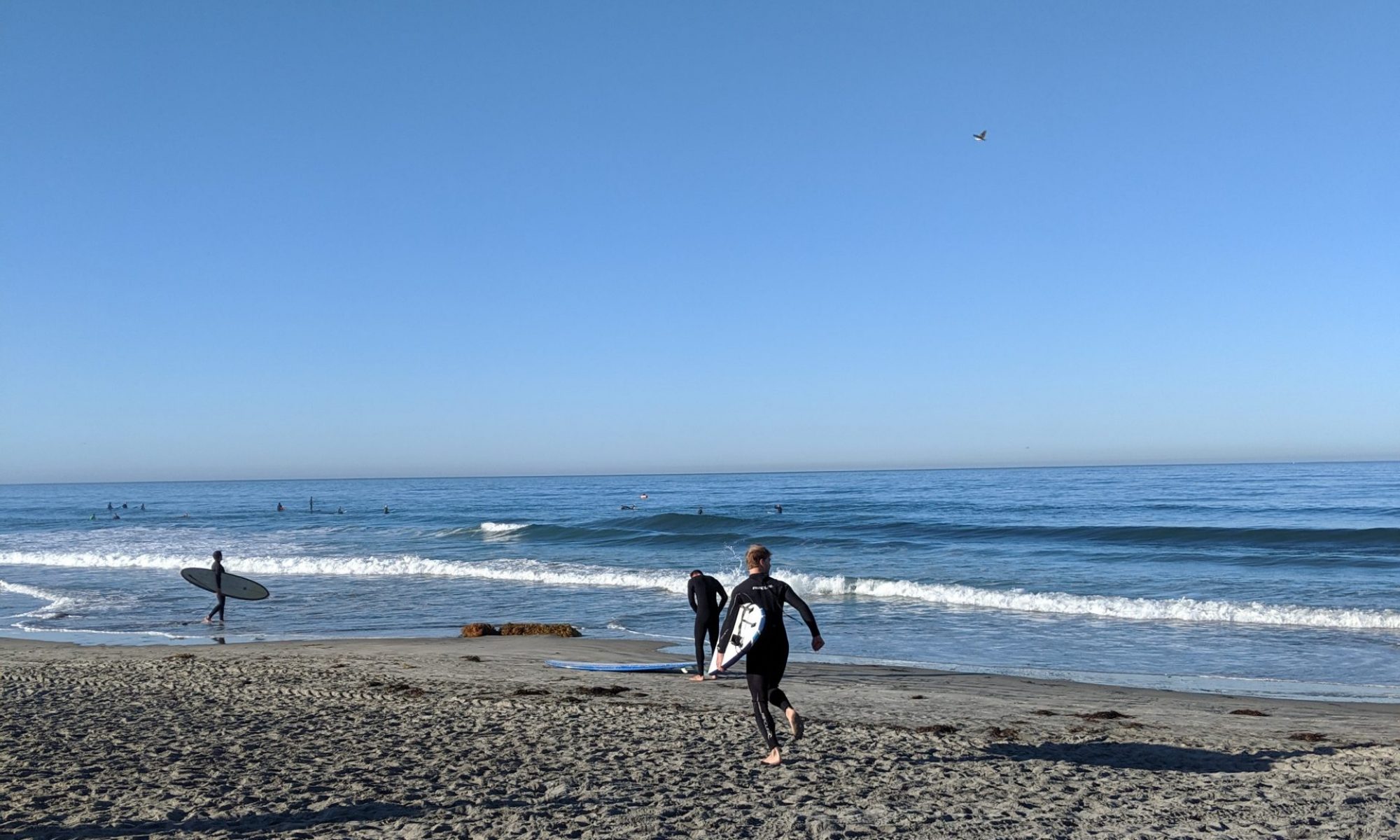I just remembered that I did location sound recording for this short film many years ago together with my good friend Lutz Pape. Nice to see the film again after all this time.
Randy Pausch
A good reminder about life and head fakes.
New Site Coming
today I just found out by surprise that my website's web-host service has shut down for good. What a bummer.
— Nils Peters (mastodon.social/@npeters) (@Mr_Nilson) April 3, 2014
Spatial Ultrasound
An array of ultrasound loudspeakers make small objects have a New Years Day waltz in space. Happy New Year!
Using EEG Signals to Estimate Auditory Attention in Real Time
A few months after attending the Telluride Neuromorphic Cognition Engineering Workshop, where I was part of the auditory attention group, this video hit the web. I’m still amazed that we managed to develop this real-time system, probably the first of its kind.
CF Cycle For Life
On October 5th I will take part in my first charity cycle event to support children with cystic fibrosis. Please help my team reach our fundraising goal. Click to learn how:
The Technology of Binaural Listening

A new spatial audio book is about to appear: The Technology of Binaural Listening, edited by Jens Blauert.
The book includes contributions from 15 research laboratories in Europe and in the US which are part of the research initiative “Aural Assessment by Means of Binaural Algorithm” (AABBA). The table of content looks really exciting and I hope to get a printed version as soon as possible.
New Paper on Parallel Computing and Network Audio
The Journal of the Audio Engineering Society (JAES) just released a special issue on network audio. It features collaborative research work on low-latency audio processing by UC Berkeley’s Parallel Computing Laboratory entitled “A Multicore Operating System with QoS Guarantees for Network Audio Applications” :

While network-based mechanisms are important to enable deterministic transport of audio data from transmitter to receiver, there is an equally important role played by the operating systems that reside in audio devices of all sizes. The applications that receive and transmit audio are dependent on these operating systems to allocate processor and input/output resources. Authors Colmenares, Peters, Eads, Saxton, Jacquez, Kubiatowitz, and Wessel have presented Tessellation, an experimental operating system tailored to multicore processors, and have demonstrated how it enables network applications to meet their stringent time requirements.
The article can be found here. It will also appear in an upcoming textbook on parallel computing.
New Paper on SpatDIF
The latest issue of the Computer Music Journal (MIT Press) includes an article on the Spatial Sound Description Interchange Format (SpatDIF) by Trond Lossius, Jan Schacher, and myself, entitled “The Spatial Sound Description Interchange Format: Principles, Specification, and Examples”.
SpatDIF, the Spatial Sound Description Interchange Format, is an ongoing collaborative effort offering a semantic and syntactic specification for storing and transmitting spatial audio scene descriptions. The SpatDIF core is a lightweight minimal solution providing the most essential set of descriptors for spatial sound scenes. Additional descriptors are introduced as extensions, expanding the namespace and scope with respect to authoring, scene description, rendering, and reproduction of spatial sound. A general overview presents the principles informing the specification, as well as the structure and the terminology of the SpatDIF syntax. Two use cases exemplify SpatDIF’s potential for pre-composed pieces as well as interactive installations, and several prototype implementations that have been developed show its real-life utility.
Canadian Governor General’s Award for Sound Artist Gordon Monahan

I just learned that Gordon Monahan received the 2013 Governor General’s Award in Visual and Media Arts. The picture shows a performance of his piece Speaker Swinging, premiered in 1982. It uses three or more swinging loudspeakers and eight audio oscillators. Congrats!


